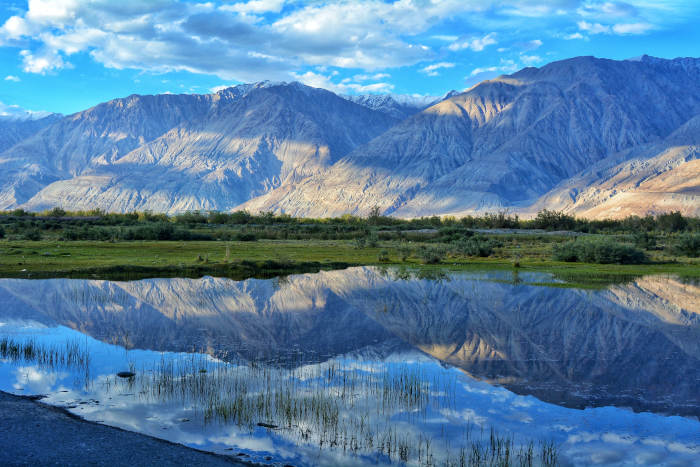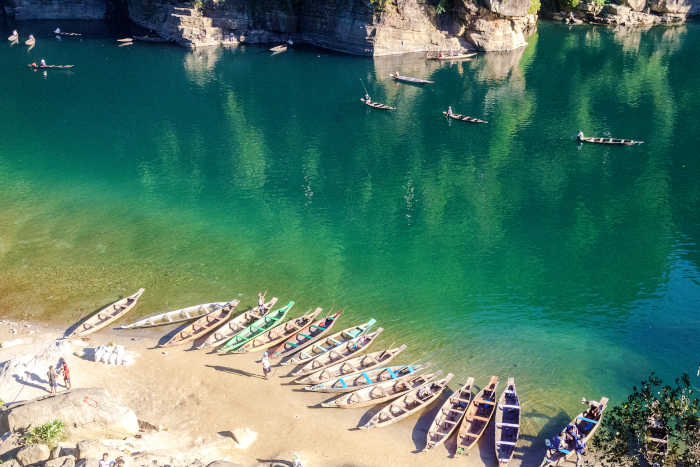
ADVENTURE TOURS

LUXURY TOURS
Tourist visas are required before traveling to Vietnam for most nationalities. Some nationalities are now exempt from visa if the visit is less than 15 days. As of December 2020, some citizens of regular passport holders do not need a tourist visa for Vietnam: United Kingdom, Sweden, Spain, Norway, Germany, Denmark, Italy. If you plan to stay in Vietnam for more than 15 days, you will need to obtain a visa extension in advance. Please check with your embassy or consulate for the most up-to-date visa fees and other requirements: https://evisa.xuatnhapcanh.gov.vn/ This information is provided as a guidance only. Travel Talk strongly advises to consult your travel agent or national embassy before travelling as visa information can change at any time with little notice. It is your responsibility to prepare all necessary visa documents before travelling.
Yes, you can use your mobile phone in most urban areas of Vietnam, although there is limited network coverage in remote and mountainous areas. If you wish to use your cell phone while in Vietnam, make sure that global roaming is enabled at your mobile operator before leaving home.
The Vietnamese Dong is the currency of Vietnam. If you are planning to visit Vietnam, you can carry Vietnamese Dong or USD. The Vietnamese Dong is officially used in Vietnam, you can exchange USD at banks or airport exchange offices
Coke/Pepsi (0.33 liter bottle) 12,000 VND Coffee 10,000 – 20,000 VND ($0.50 – $1.00). Average price for a bottle of bear in a bar is 15-30,000VND. (around $1.50.) Street food from 0.5$ (around 12.000 VND) to 1.5$ (35.000 VND). Eating at a restaurant costs around 5,6 - 6,5 USD = 130 000 - 150 000 VND.
Vietnam is a country with different types of weather in each region. Therefore, part of the country is cloudy and rainy while the rest is sunny and warm. Vietnam has two distinct monsoons. Southwest monsoon brings wet and humid weather, while northeast monsoons give drizzle to the north, cooler temperatures and dry air to the south. In general, Vietnam has a mild tropical or subtropical climate, except for a few months a year in the high northern region. Vietnam's stormiest months, from July to November. Hanoi and North Vietnam have separate winter and summer seasons. The cold but mostly dry winter lasts from November to April, when temperatures average 17-22 ° C and the coldest months are January to March. Summer lasts from May to October, when it is hot and humid, and the area receives the greatest rainfall. The average annual temperature is 21 to 23 °C (70 to 73 °F). During winter, temperatures can fall below 20 °C (68 °F).
For Vietnam, lightweight, loose fitting clothes and layers are ideal to pack. You may need to have a cardigan / sweatshirt and raincoat with you for chili evenings. When visiting temples there is a strict dress code, so be sure to cover your shoulders and knees with loose-fitting such as long pants and shirts.
ATMs are the easiest way to get cash in Vietnam, which you can do with your regular bank card from home, in major cities like Ho Chi Minh City, Hanoi, Da Nang, etc., you can find these machines in pretty much everywhere in the central areas.
It is NOT safe to drink tap water in Vietnam. Bottled water is always available in stores, and you can use your water bottle to refill with filtered water. You can brush your teeth with tap water as long as you don’t swallow the water
Although tipping is not mandatory, tips for good services are highly appreciated. Service staff deserve a gift If you think the service is good.
You can bring a small backpack for a day's use to carry your personal items for the trip. We recommend bringing sunscreen and insect repellent.
The baggage allowance for the flights within this tour, 1 checked luggage up to 20kg and 1 hand carry on up to 7kg.
Vietnam is a relatively safe countries to travel to. The main source of income is tourism.
Exit Vietnam via Song Tien Landport which is also known as Vinh Xuong The Cambodia E-visa WILL NOT WORK at this border checkpoint.